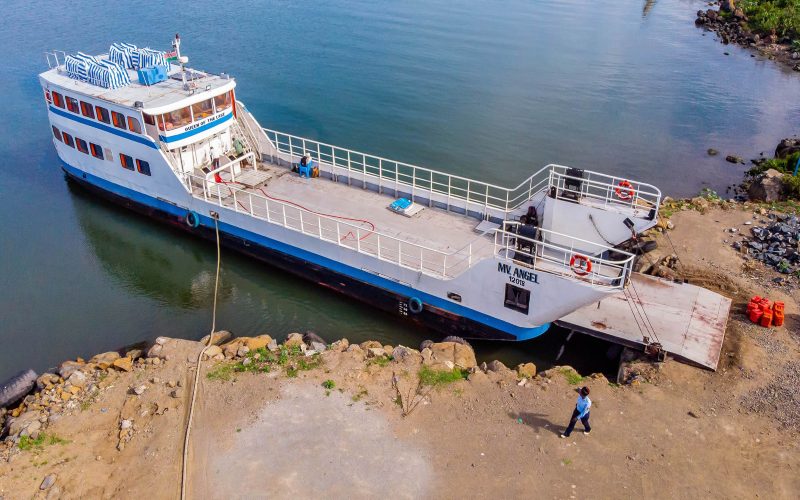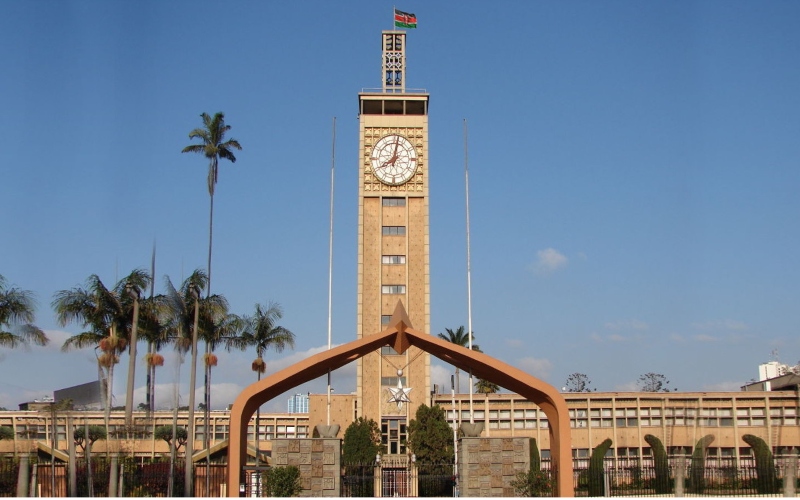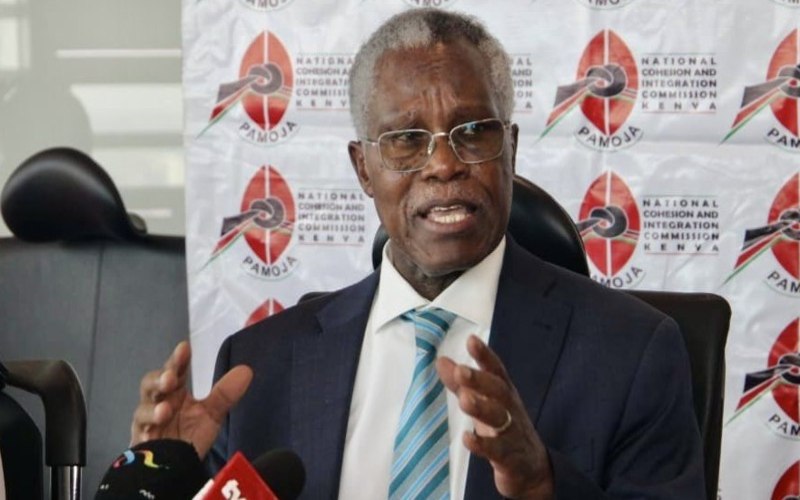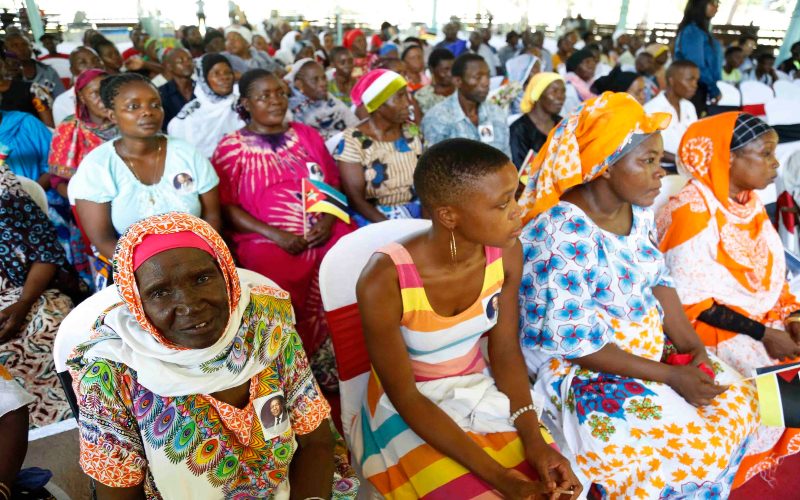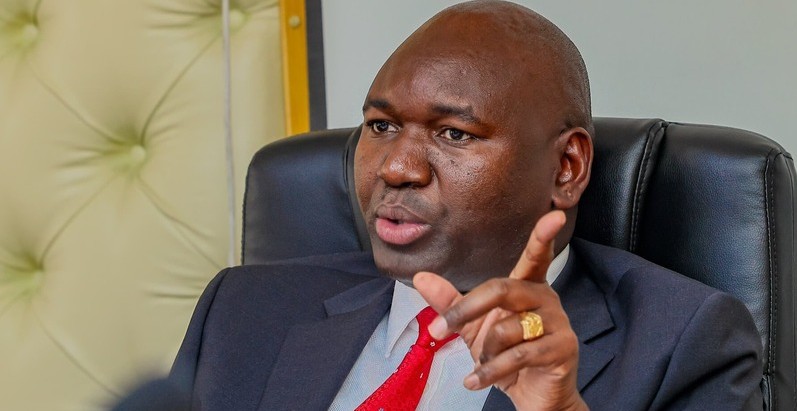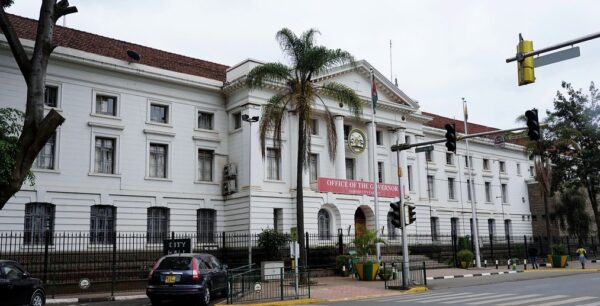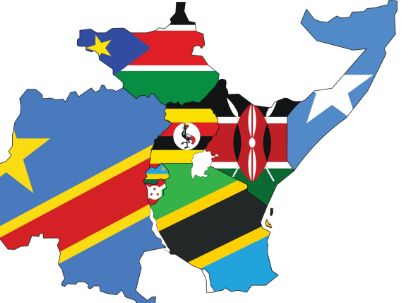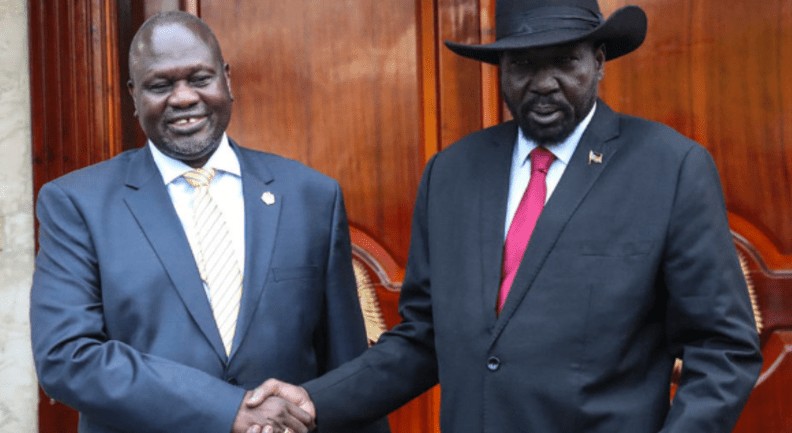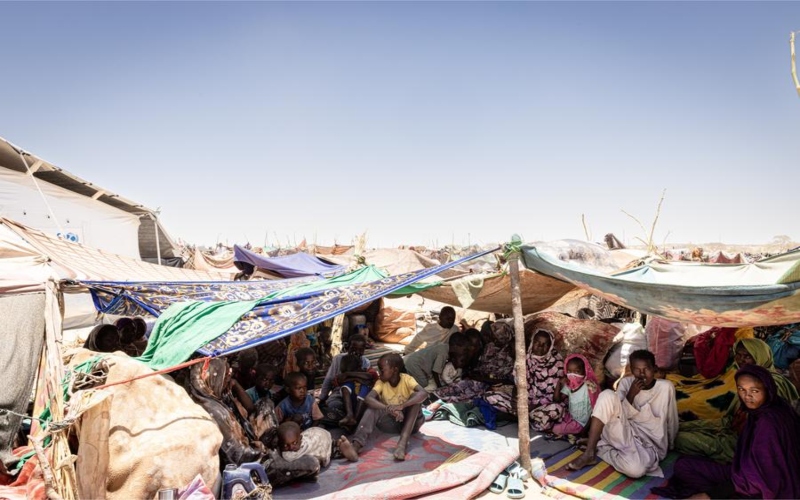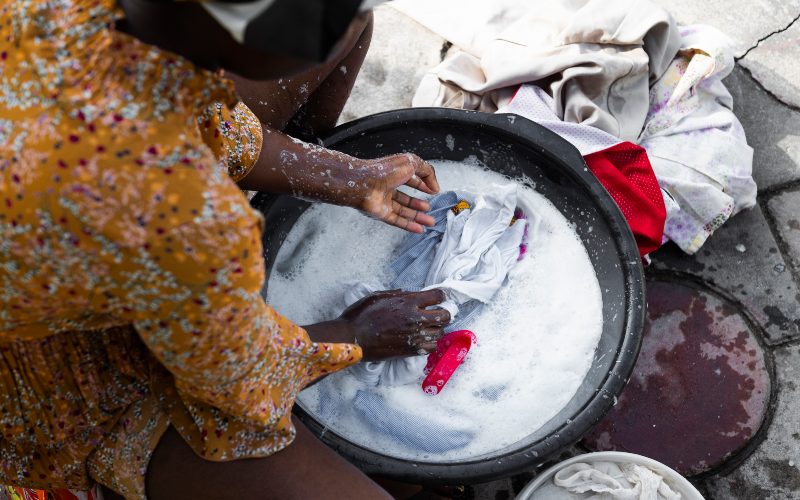Ruto unveils plan to build 5,000 classrooms in Nairobi to curb school dropout crisis
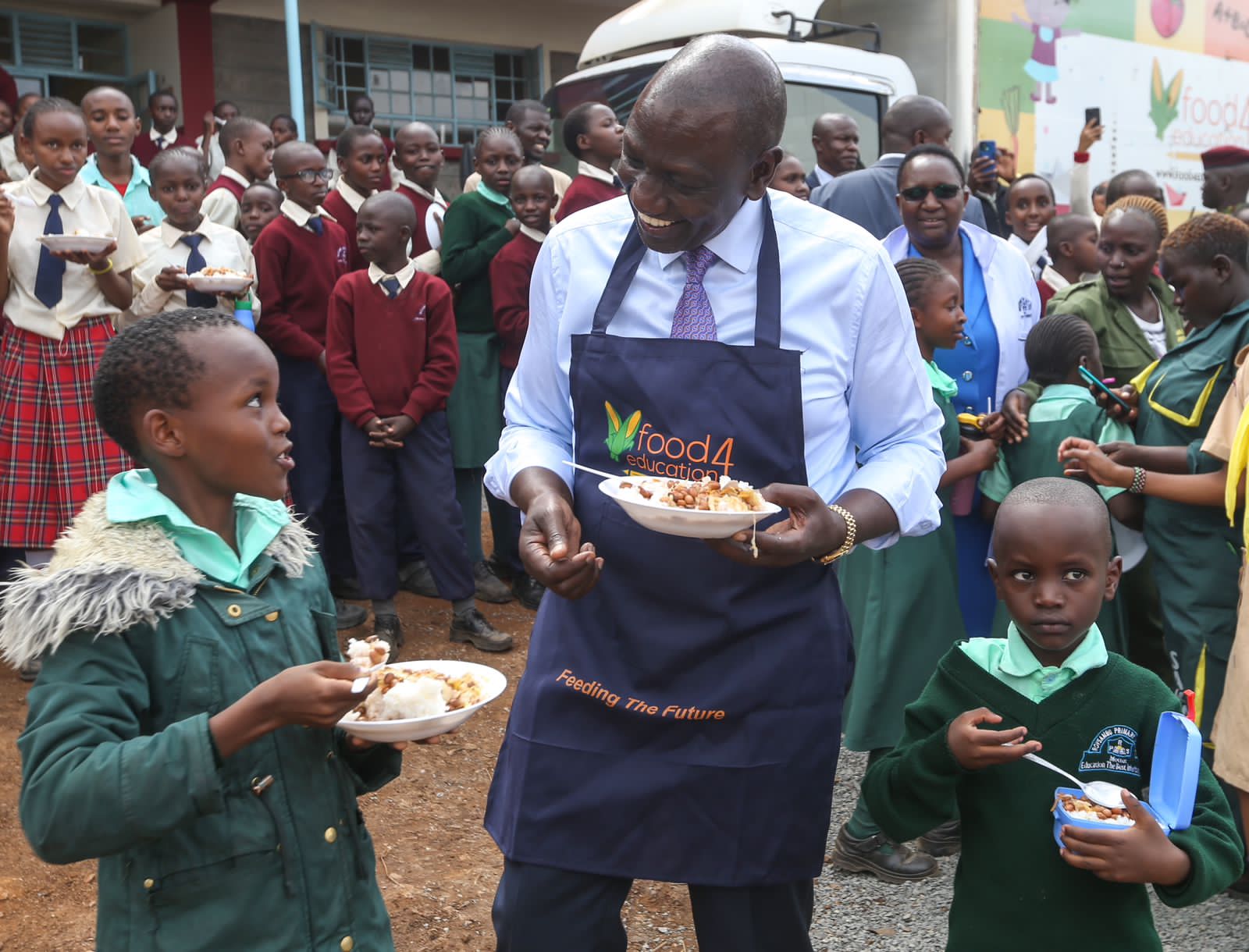
A recent report by Usawa Agenda identified seven counties with the highest percentage of out-of-school children, all of which were located in the Arid and Semi-Arid Lands (ASAL) region, with Mandera County leading the list.
The government plans to construct 5,000 classrooms in Nairobi as part of efforts to keep children in schools.
Speaking on Sunday during a visit to AIC Church Milimani Nairobi, President William Ruto announced the initiative, expressing concern over the increasing number of children out of school. He highlighted the urgent need to tackle this looming crisis.
More To Read
“The number of children staying out of school is on an alarming rise, and there is a need to tame the looming crisis,” Ruto said.
He announced that he would engage with County leadership to initiate this ambitious plan.
In addition to the classroom construction, Ruto also mentioned his commitment to collaborating with relevant stakeholders to address the issue of pollution in the city's rivers.
President Ruto expressed confidence in the policies his government is implementing, noting that he believes will lead to meaningful, lasting change.
“I am happy that from the humble beginnings of our nation, we have a country that stands out globally, one that many nations look up to for leadership and support. Sometimes we underestimate what Kenya is. It is a great nation, and we should be proud of it,” he said.
“I will make sure that I will oversee the transformation of Kenya. I am very confident that we are going to change Kenya.”
Most-affected counties
A recent report by Usawa Agenda identified seven counties with the highest percentage of out-of-school children, all of which were located in the Arid and Semi-Arid Lands (ASAL) region, with Mandera County leading the list.
Titled “The Foundational Literacy and Numeracy Assessment (FLANA) Report 2023,” the report noted that the percentage of school-aged children, aged six to 15 years, who were out of school in Kenya increased from 7.5 per cent in 2021 to 8.5 per cent in 2023.
Concerningly, the majority of these out-of-school children came from households where the heads had no formal education. The assessment further revealed that a school-aged child from a poor household was twice as likely to be out of school compared to a child from a wealthier household.
In 2021, three out of ten children were enrolled in private primary schools; however, this number dropped significantly by 2023, with only two out of ten children enrolled in private institutions.
Despite the decline in private school enrolment, the report found that children in private schools achieved better learning outcomes than their peers in public schools, particularly in English literacy and numeracy.
“The odds for a learner in a private primary school to have better learning outcomes in English and numeracy were 45 per cent and 28 per cent respectively higher than those of a learner in a public primary school,” reads the report.
Top Stories Today

